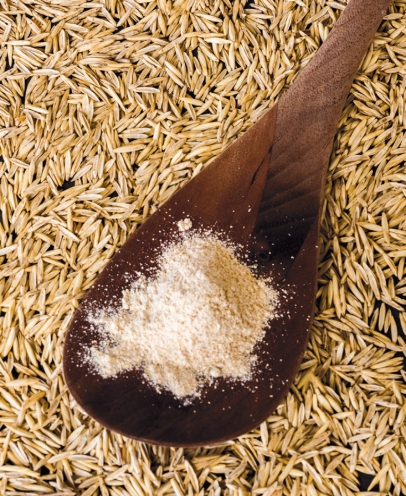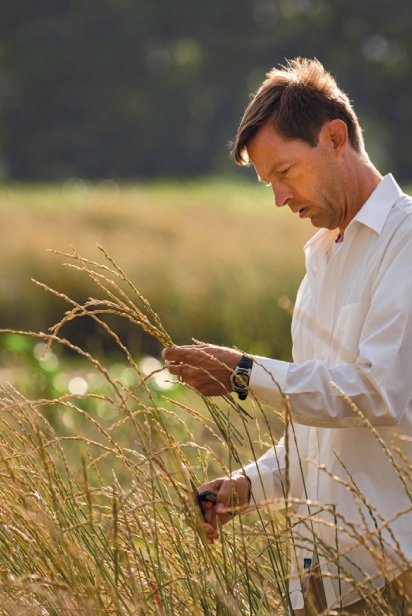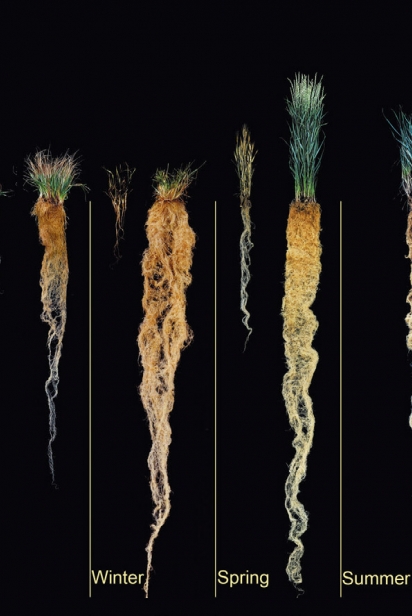Innovation at the Root of the Problem
“The year of 1945 was a fulcrum year; and the year we became free to turn our great technical power generated to win the war upon our own landscapes. To apply that terrible doctrine of maximum force relentlessly applied to problems like crop insects and weeds with, as you know, dire consequences."
—Wendell Berry, 2009
There has been a seismic shift in American agriculture in the last century. Environmental science has made it increasingly clear that our current agricultural practices are doing significant harm to surrounding environmental quality in nearly every measurable way: air and water quality, soil health, vanishing wildlife diversity, and perhaps most concerning to some, economic stability of farmers who produce our food. We can now see that a large scale, industrial approach to agriculture is fraught with environmental and social impacts that many find too costly.
Here in the US we use roughly half of our arable land for agriculture with the majority of that being used for annual corn, soy, oats, wheat, and other commodity crops. Over 357 million acres of land grow annual crops. Consecutive decades of this type of farming have left our topsoils depleted and in need of significant agrochemical supplements like fertilizer, pesticides, and herbicides, which persist in our environment long after they are applied. Interestingly, of all the crops from those 357 million acres, only 26% are used as human food. Much of the rest is grown to feed livestock or create biofuels like ethanol. With a history of increased yield per acre and corporate influence in seed prices, these shortsighted practices are starting to bear more problems than food.
Conventional modern wheat, for example, is really a genetic feat. Each part of the plant has been bred to perform predictably and produce the maximum yield with its large, shatter resistant seed head that holds the wheat berries until harvest. The stalk has specific attributes for the conditions, as do the roots. It really is a noble achievement. However, the result of this monocrop over hundreds of millions of acres is destroying our topsoil. The inherent problem with annual monocrops is really right in the name itself. Monocrop systems are particularly vulnerable, a discussion for another day, but the annual nature of the species means they have to be harvested and the land plowed and replanted every crop cycle. This is highly destructive to soil life and the surrounding environments. Land loss due to water and wind erosion is significant over time.
The scientists at The Land Institute are taking on the problem of largescale monocrops at the root. They’ve been breeding perennial grain and seed varieties as well as Kernza Perennial Grain®. These developments come with huge potential to change our agricultural approach. Kernza® and these perennial grain species have a dense root structure which reach much deeper than conventional crops. These deep roots stabilize and rebuild the soil structure.
Here in Oklahoma, we inhabit the space of a past ecosystem of these deep-rooted grasses. The tallgrass prairie was not unlike a thriving forest ecosystem; with varying species, heights, and nutrient requirements, those native grasses thrived. During westward expansion of the US, settlers found the grass to be nearly impenetrable. A plowed patch of land for a garden was hard won. It makes perfect sense why many original southern plains tribes were so resistant to take up farming after being forced onto reservations. In his timely book on food systems, The Third Plate, Chef Dan Barber made note of an early innovation that allowed early farmers to break ground.
“In 1837, an Illinois blacksmith named John Deere solved the problem by inventing a cast-steel plow that could cut through the deep roots.”
That dense root structure that settlers scorned is exactly what could help solve a myriad of problems in our system. Kernza, and other perennial grasses, bear seeds and can be harvested without ever being plowed and replanted. I asked an Oklahoma plant expert, Keith Reed, about what this could mean for our environment and our farmers.
From my perspective, one of the most exciting aspects of a perennial grain cropping system would be its potential ability to help restore our soils. Early farming practices, and of course the Dust Bowl, have left much of Oklahoma with severely depleted top soils. Having cover on the topsoil year around, along with root systems measured in feet instead of inches, would be very beneficial in improving soil biota and increasing organic matter. This would not only produce healthier plants, it would also reduce erosion and runoff, improving our surface water quality and reducing the potential for flooding impacts. Keith Reed, Horticulture Educator for OSU Payne County Extension
The perennial wheat test plots have shown yields for up to six consecutive years in a single planting. While the perennial wheat is between 50-70% as productive as common annual wheat, great strides are being made in research. Kernza, a perennial grain developed and branded by The Land Institute, is already out in the market and can be found in multiple products from bread to beer. But this small scale is yet to make an environmental dent and progress is revealing that there are more hurdles to clear before farmers begin planting this crop on a large scale.
In the summer of 2017, I attended the Land Institute's annual Prairie Festival where researchers presented their findings and other experts from around the world shared insights. It was fascinating to hear them present their solutions to the problems caused by annual monocrops. These folks are working quietly, day by day, to engineer a new way of feeding us while saving our topsoil. Some growers are working on the shatter resistant seed head. Others are working on how to interplant companion crops to naturally fertilize and create yield or prevent fungus when conditions are wet. Most importantly perhaps, they are also concentrating on increasing the size of the seed head. Because of its genetics from the intermediate wheatgrass, Kernza grains are currently small. Scientists say that without significant discoveries, they are still years away from breeding Kernza with a seed head as productive as conventional wheat. Much like most of our issues of sustainability, a hard stop on certain practices is not feasible. Annual monocrops of genetically modified cereal grains have brought us into a time of unprecedented food production. At this very interesting time in history, food is relatively abundant. We are tasked with feeding a growing world that is reliant on affordable staple crops. Without disparaging the growers and progress in our food system, let’s look forward to new solutions. The developments at The Land Institute are an exciting glimpse at not just where, but what, the wind is sweeping down the plains.
Learn more about this research at https://landinstitute.org






